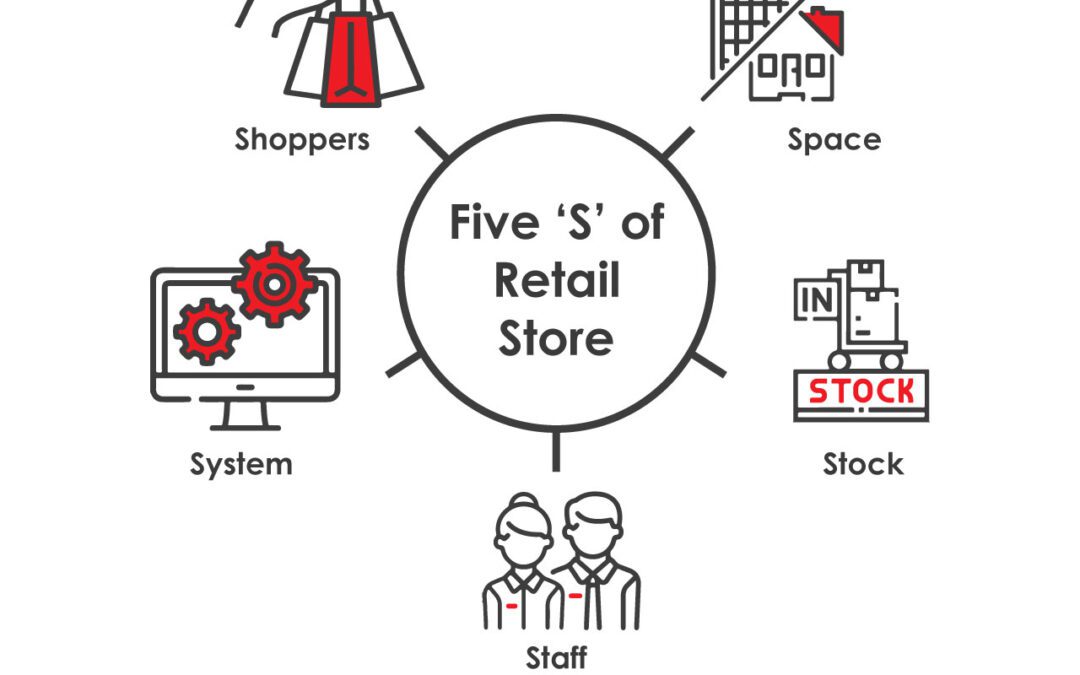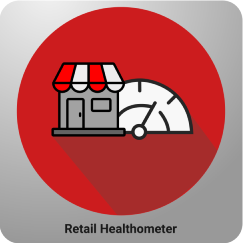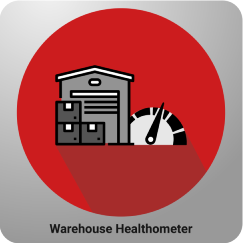No industry has undergone as much transition as retail has in the past three decades. Whether you talk about the globalisation of brands, the increasing role of technology, business model innovation, or creating the dazzle to woo customers to brick and mortar, there are no ordinary ways left to do retail. And in this evolving landscape of retailing, retail store operations also cannot be mediocre.
Cutting the long story short, this blog highlights the five vital elements of retail store operations management. The idea is to help retailers and retail executives achieve operational excellence.
Systems
Retail store operations are a composite of multiple processes and activities. This includes purchase and inventory management, visual merchandising, cash and billing, customer support, running promotional campaigns, finance/accounts, HR, IT, etc. It is a network of processes that must work in cohesion. That is why a systems approach is important for managing retail store operations.
In developing a retail store management system, business functions and processes are identified and defined. Every process then gets defined using Standard Operating Procedures (SOPs). Retail SOPs also constitute the groundwork for the adoption of a suitable retail software platform.
For example, in cash and billing, various workflows are involved. For customers opting to make online payments, there will be a unique set of operational requirements like checking if the payment of the right amount has been received. At the end of the day, the figures of sales, inventory, and cash/bank balance must tally. Without a system defined by SOPs for retail store operations, managing a retail store could get very challenging.
Staff
The employees, both at the front end and back end, hold special significance. In the back end, they carry out the internal operations. It could be order fulfilment, inventory management, logistics, or support functions like HR and accounts. Each of these areas of work or department has unique job and skill requirements. Even a small deviation in the execution and performance could slow down the overall operations of a store.
Whereas on the front end, comprising mostly of sales and marketing and support staff, represent the face of a retail store. How they present themselves, how they communicate, their product knowledge, understanding of the company/business policies, etc. are vital elements for delivering a good shopping experience to customers.
Thus, staffing strategies and solutions play a critical role in retail store operations making HR in retail necessary for retail stores irrespective of the size and scale of the business. For instance, in hiring sales staff, retail owners must exercise the same diligence and professionalism as any big retail brand would do.
Stock
Maintaining the required levels of inventory is vital for retail stores to secure their revenue generation from sales making inventory management an important constituent of retail store operations. Strong inventory management helps retail stores not only maintain stock as per sales and demand assessments but also keep liquidity under control, ensure optimum space utilisation, and avoid the creation of dead stock.
Four vital aspects to be focused on in retail inventory management are:
– What to purchase (Sales and demand assessments, trend analysis, seasonal factors, etc.)
– When to purchase (Reorder Level)
– How much to purchase (Reorder Quantity)
– From whom to purchase (Assessment of suppliers as per business requirements)
For instance, without a merchandising strategy, a retail store would end up making whimsical purchases that may send out the impressions of an unclear brand positioning. It would be difficult for customers to anticipate if their demands will get fulfilled or not by visiting such a store.
Space
With real estate space becoming a constraint, it has become imperative for retail stores to apply professional layout planning practices.
The layout plan plays a decisive role in determining the mobility of inventory inside a store or a warehouse. Hindered movement slows down operational activities.
Maintaining a good layout is also important for customer experience. It can be uncomfortable for customers to check products in cramped aisles inside a store. An important objective of layout planning is making the shopping experience intuitive for customers.
Retail store layout design is also a vital area for implementing visual merchandising and planogram strategies.
Safety and security should not be compromised because of a poor layout design.
Shoppers
Every business activity, planned or unplanned, eventually reaches out to customers or shoppers. If you have planned and implemented the right software, it would benefit customers in many ways. If you have hired the right sales team, their behaviour and responses would leave a positive impression on customers. If you have maintained inventory as per trends, customers would feel gratified. If you have maintained a splendid visual appeal in your store, it would make your store worth visiting. So, one of the impact destinations of retail store operations is the shopping experience delivered to customers.
In today’s competitive retail space where every brand is doing its best to woo customers, retail store operations gain an elevated significance. If the internal operations are marred with flaws, its adverse consequences will eventually be meted out to customers and their shopping experience. The need for retailers is to be aware of where to focus on to achieve operational excellence.
About Your Retail Coach (YRC)
YRC is a retail and eCommerce consulting brand with the experience of having worked with 500+ clients in more than 25 verticals. As an enterprise with a budding international presence, striving to maintain world-class standards in service design and delivery is our prerogative. Our projects are handled by professional and experienced retail consultants.
For any service-related enquiries or to speak to one of our retail operations consultants, please drop us a message.











